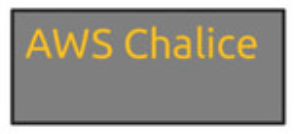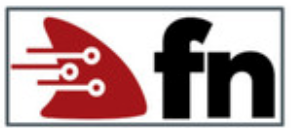At the time of writing there are more than a dozen FaaS frameworks or platforms available. These frameworks or platforms can be classified into three different categories based on their objective and reach.
The three categories are as follows:
- Complexity:
Reduce the complexity of a particular vendor’s cloud based FaaS implementation, e.g. the configuration of the API gateway and access management that is required for a REST based serverless function. A typical example for this category: AWS Chalice.

- Portability:
Provide an abstraction framework for portability and ease of use on top of the FaaS implementation of various public cloud providers. A popular example is the serverless.com framework.

- Standards:
Provide a standard based, serverless platform or framework to abstract running functions from the operation of servers. These frameworks are typically developed without a particular cloud provider in mind. When running such a framework on top of IaaS, servers are abstracted away, automated scaling is possible, but no true per invocation is achieved due to the IaaS pricing model. Examples for this category are Open FaaS, and Fn Project.



 Oracle WebLogic Server 12c Book
Oracle WebLogic Server 12c Book Oracle Middleware and Cloud Computing Book
Oracle Middleware and Cloud Computing Book